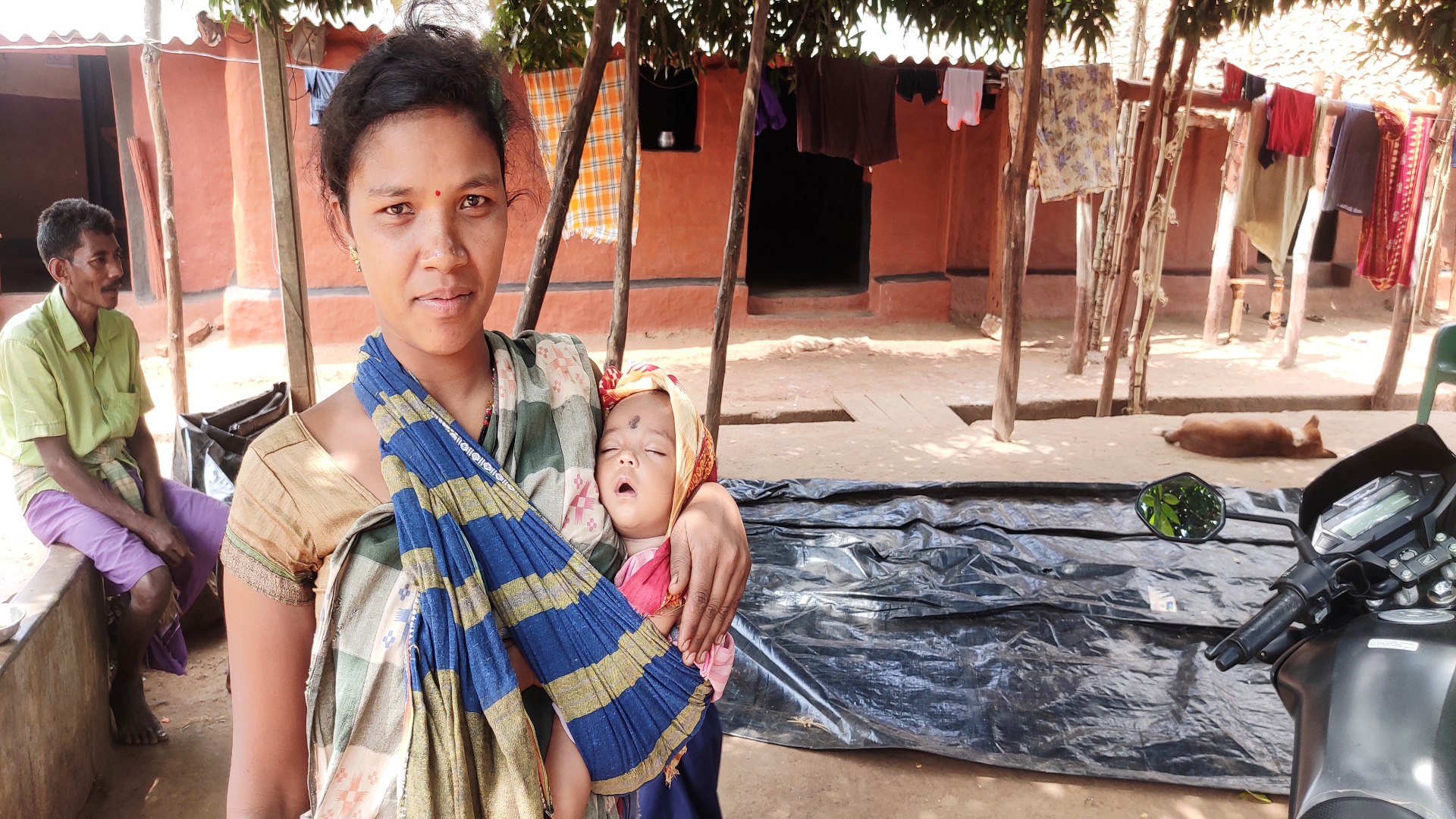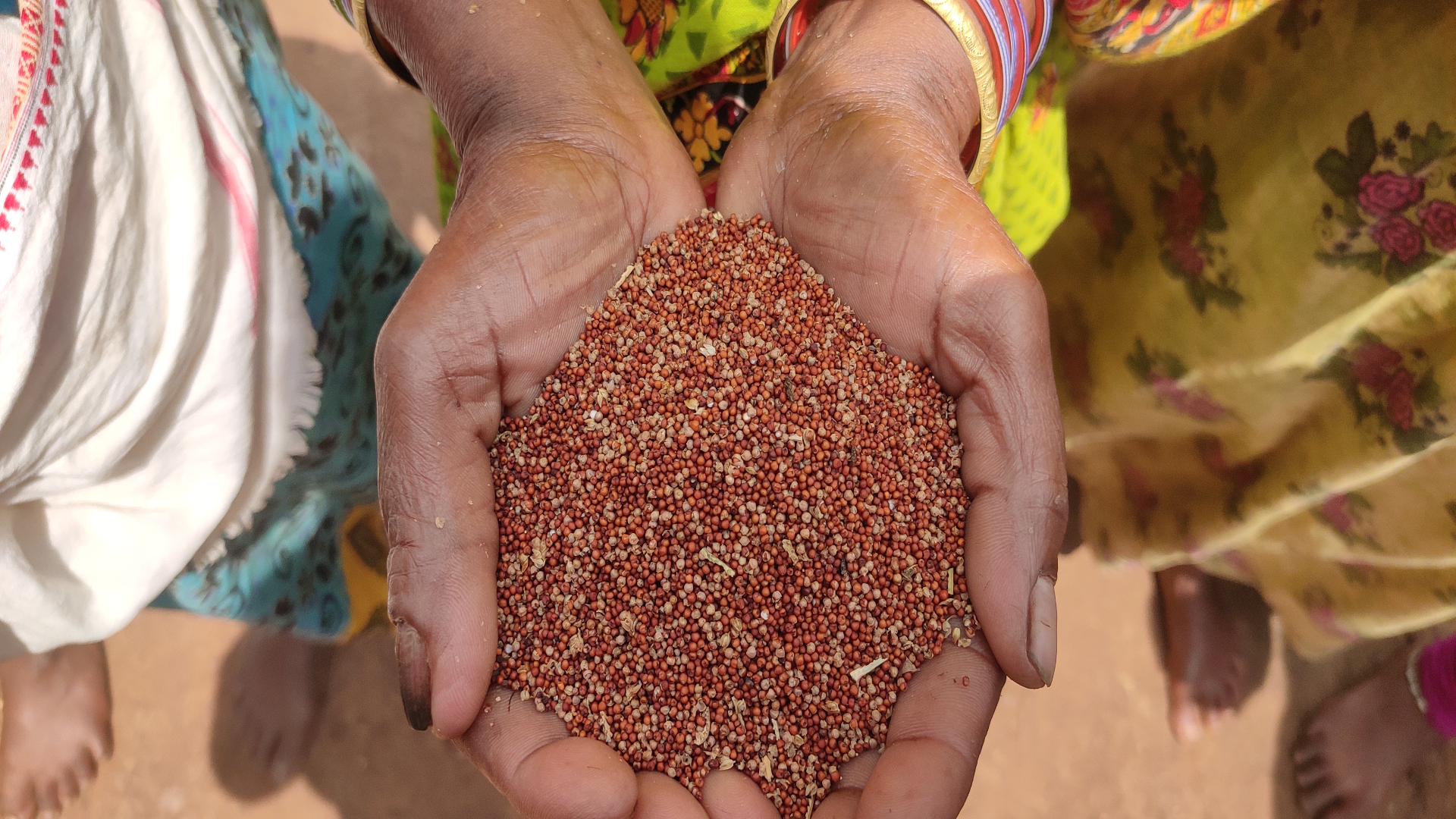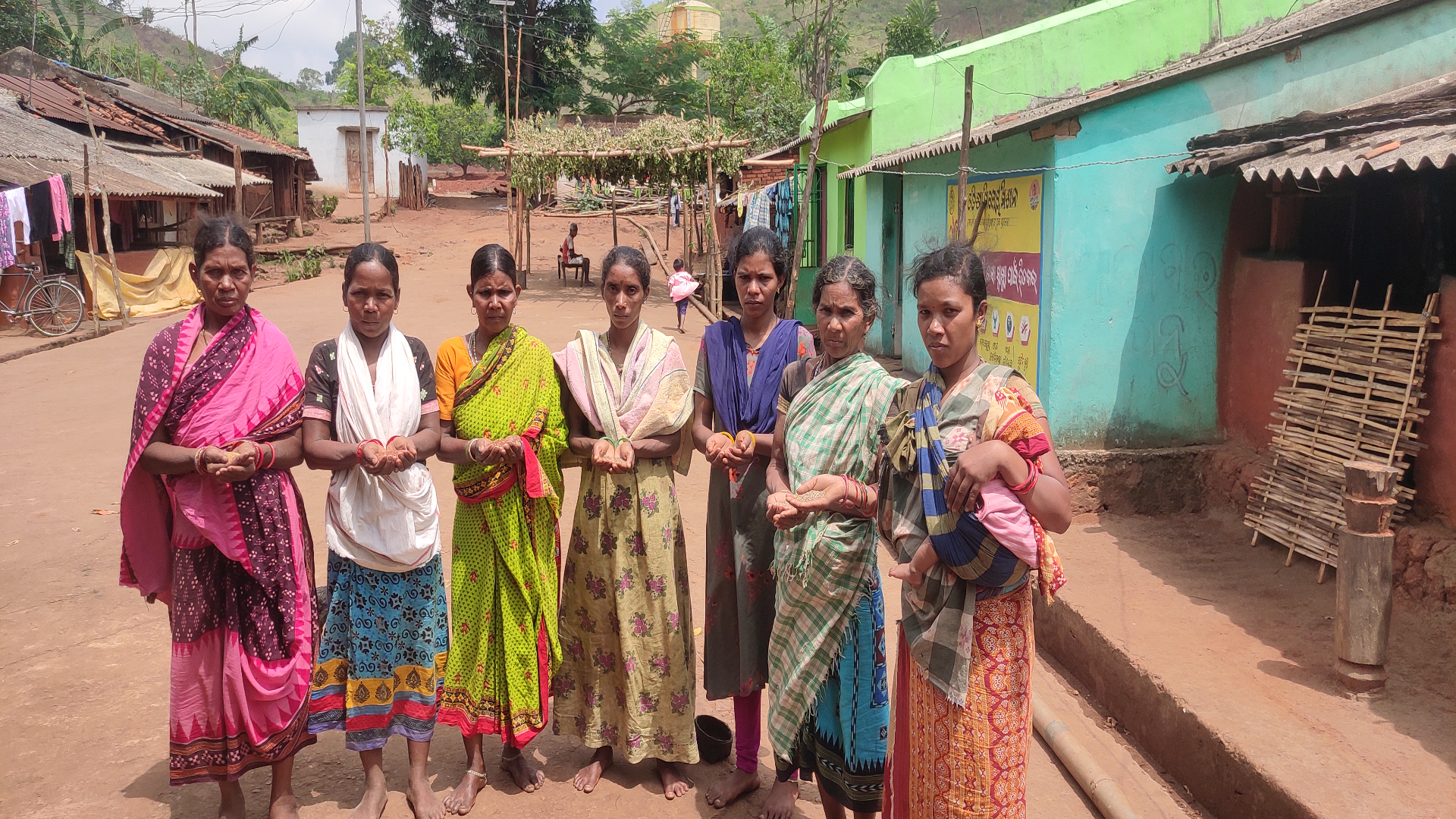
Together with Made in Nature, we explored at the Macfrut fair in Rimini, the Italian organic fruit and vegetable market and its key players.
The revival of millet farming has been tackling malnutrition and improving the livelihoods of Kutia Kondh tribespeople in Odisha state, in eastern India.
Sarathi Majhi lives in Dupi, a remote Indian village in the Kandhamal district of Odisha, around 400 kilometres from Bhubaneswar, the state capital. The 30-year-old homemaker hails from the Kutia Kondhs tribe, whose members primarily live a traditional lifestyle, often suffering conditions of abject poverty and lack of access to basic services, leading to high rates of illiteracy and hunger. Like many other tribal groups in the state, the Kutia Kondhs worship nature, working to protect the natural resources they rely on for their subsistence and survival.
Dupi lies in one of the remotest corners of the state, on a hilltop with tar pitch roads that were built only a couple of years ago. Sarathi has two acres of land where she grows millets for personal consumption, selling the excess to the local market to support her livelihood.
The homemaker says that the revival of millet farming has given a new lease of life to her family, which had been struggling to meet their nutritional needs, while also creating a way for them to earn a living. “We have 2 acres of land where we grow finger, little and foxtail millets. We mostly depend on millets for food; they are the major source of energy, helping us climb up the hills where our farmland is located. We also sell a small portion in the local market whenever there is a surplus. The income generated helps us to run the family,” Sarathi says while sitting outside her mud house.
But Sarathi is not alone. Hundreds of women in tribal areas in Odisha have played a pivotal role in the revival of millets, which were once a staple food but were lost due to the attraction toward commercial crops like paddy and cotton. “Earlier, millets were a key part of poorer people’s diets, providing a healthy source of nutrients. Climate conditions in Odisha are favourable for growing millet plants, which are highly tolerant to heat (up to 64 degrees Celsius), drought, and flooding. Millets are a perfect option for farmers in an era of climate change and rapidly-depleting natural resources. The crop also needs less water than rice and wheat. Millets have a short growing season and grow easily without fertilizers, making them a healthier option for both consumers and the soil,” says environmentalist Kunal Deb.
“Millets are grown between June and August. The paddy is also sown at the same time because it is a rain-fed crop. The advantage of millets is that they grow without any improved cropping practices, whereas the paddy crop requires more careful seeding and soil preparation. Paddies are also labour-intensive, while millets don’t require much labour”.
The cultivation of millets had fallen dramatically in tribal areas after farmers switched to more commercially-desirable crops in an attempt to improve their livelihoods. However, they soon realized that they faced losses even with other crops, like cotton, as well as health issues due to the absence of millets in their diet.
“In 2011, we found that the tribal population was suffering from malnutrition and performed a survey, which revealed startling information. We found that most farmers were shifting to other forms of cultivation, which were occasionally profitable, but they were suffering severe health hazards as a result. We also found that most of the indigenous seed varieties were on the verge of extinction. The tribespeople used to grow 80-85 varieties of millets, but most of the seeds were now unavailable. Younger farmers were more focussed on growing paddy and rice, which offered short-term gain but was not a good alternative for their long-term survival,” explains Prasant Mohanty, the founder of Nirman, a non-profit working for the promotion of rural livelihoods in Odisha.
“We decided to work to revitalise millet cultivation. The best way to do this was to harness the local festival for the revival. We tried to promote the importance of seed conservation through Burlang Yatra, an annual traditional seed festival for indigenous communities. The festival celebrates the ancient practice through which farmers exchange indigenous heirloom seeds, not only amongst themselves but also with the younger generation, passing down their knowledge alongside the heirloom seeds. The exchange of seeds helped revive millet farming”.
The women belonging to local tribes claim that they have revived around 35 varieties of millet and have been growing them in their fields. “We started farming millets in our fields again with the exchanged seeds. The exchange helps us to grow crops that were not available in our village or had gone extinct. This has helped us provide healthy food for our children and keep them safe from diseases.”
The state government also played a major role in the revival of millets across Odisha by launching the Odisha Millet Mission (OMM) in 2017. Its aim was also to tackle malnutrition by introducing millets into the Public Distribution System (PDS) and other state nutrition schemes, “The scheme was mostly focused on areas where severe malnutrition and poverty are widespread. The aim was to create a livelihood for farmers while also offering them nutritious food and ensuring a good supply of millets to urban areas. The project is running in 84 blocks across 15 districts, covering over 1 lakh (100,000) farmers, most of whom are women,” says a senior government official who asked to remain anonymous.
“The land area in which ragi (millets) are grown has increased from 3,116 hectares to 43,993 hectares since the programme was launched in 2017. Furthermore, millet crop yields also increased from 13.59 quintals (100 kg) per hectare in 2018 to 16.42 quintals per hectare in 2020, although there has been a dip in the past two years due to the pandemic.”
What’s more, authorities in some districts where the project is implemented have also included millets in the mid-day school meal for the children, as a way to provide them with nutritious food. With an aim to increase awareness of millets and their health benefits, The United Nations has declared 2023 the International Year of Millets.
Siamo anche su WhatsApp. Segui il canale ufficiale LifeGate per restare aggiornata, aggiornato sulle ultime notizie e sulle nostre attività.
![]()
Quest'opera è distribuita con Licenza Creative Commons Attribuzione - Non commerciale - Non opere derivate 4.0 Internazionale.
Together with Made in Nature, we explored at the Macfrut fair in Rimini, the Italian organic fruit and vegetable market and its key players.
Made in Nature is a project funded by the European Union and Cso Italy to promote the benefits of organic food consumption for our health and that of the environment.
On the hills of Minabe and Tanabe ume fruit has been cultivated alongside oak forests and honeybees for centuries using a method now recognised by the FAO.
The same tycoons who created factory farms are the ones investing in fake meat. But “real” food can’t be created in laboratories: regenerative agriculture is the only way.
Through the Moments Not To Be Wasted educational project and the Talent Kitchen contest, Whirlpool teaches schoolchildren about food waste in a rewarding and inclusive way.
Food waste is a serious problem and we’re paying a dear price for it, but the European Union has many ideas on how to stop it.
Chef Vikas Khanna has been coordinating efforts to feed migrants in desperate conditions due to the coronavirus lockdown in India. A story of compassion.
Factory farming conditions and antibiotic-resistant pathogens emerging as a result of them pose an existential threat to humans in the form of zoonotic diseases. Why it’s time to produce and consume food more thoughtfully.
The world of cinema recognises the link between food choices and the climate crisis by offering vegan menus for awards season events, including at the most important of them all: the Oscars.










